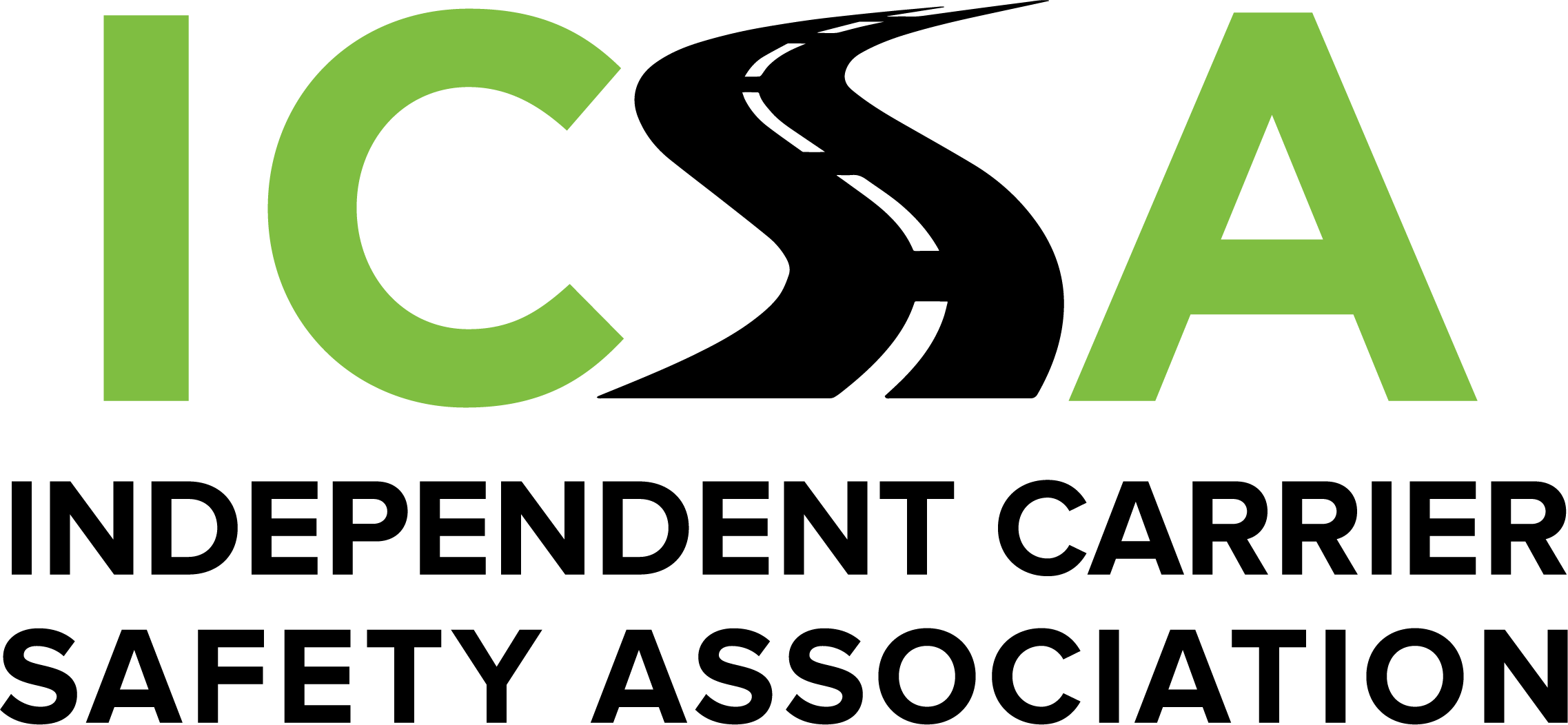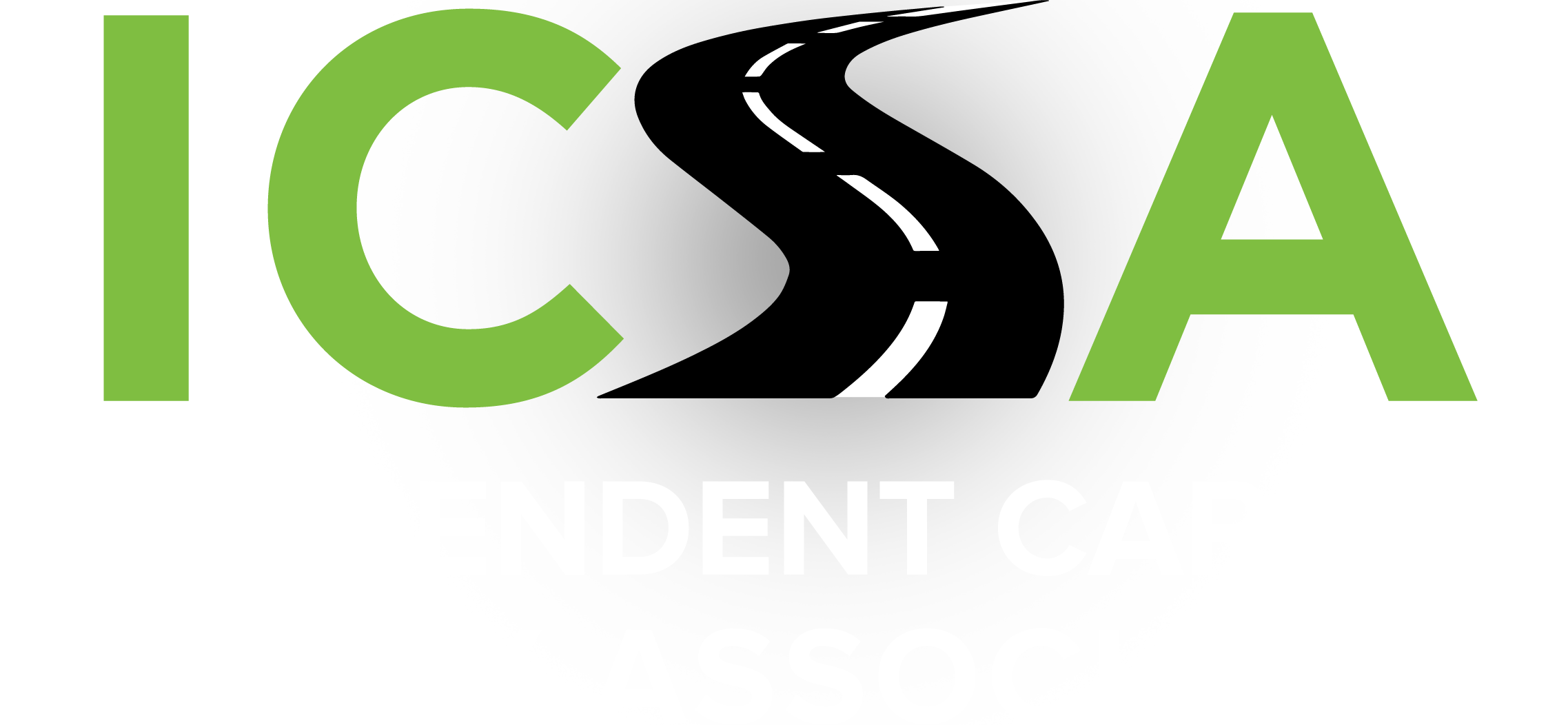In the October Landing Gear, we presented Part 1 of a three-part series to educate ICSA members on what to do at the scene of an accident – and how to save you and your company money on insurance claims at the same time. Even better, you will know you have done the right thing, for yourself and others involved.
Need to know all three steps right now? Here they are:
1. Safety first.
- Set your brakes. Turn off your engine. Watch out for oncoming traffic.
- Note time and location in writing. Turn on hazard flashers, set out warning flares or triangles.
- Do not move vehicles unless necessary for safety or at direction of law officer.
- Do not move people who may be injured.
2. Make these calls.
- Call 911 for Emergency Assistance.
- Call the toll-free Claims number immediately – 800/491-8421. They are the pros.
- Call dispatcher for assistance from company.
3. Take photos and document details.
- Photograph all 4 sides of vehicles, as well as their license plates.
- Photograph skid marks, debris, street signs, traffic lights… anything distinctive.
- Take notes on where people are in other vehicle and any objects loose in the vehicles’ interiors.
- Keep track of who else is at the scene. More detail, the better.
- Do not photograph injured people.
- Do not admit fault.
Now, here is the rest of Step 2:
Each of these calls should be done immediately, once you and others are safe. You probably aren’t surprised at the first and third calls, above. Regulations require motor carriers to make the 911 call when involved in an accident. 911 brings public resources that are critical at accident scenes – emergency medical personnel to handle any injured, highway patrol units to control traffic, tow trucks to move disabled vehicles.
Similarly, your company should have a “Go-Team” assembled and trained in response. That team would include a safety professional, a company attorney, and a specialist in the type of equipment you are operating or the type of cargo, such as hazmat or fluids, you are transporting. Their job is to protect you and the company. Both 911 and your dispatcher will want to know the time and location of the accident, how many vehicles are involved, and whether there are injuries – yourself included. Welcome their support – accidents are not a time to go it alone.
It’s that middle call which may not seem essential. Call the claims number dedicated to the ICSA insurance group? They will just want to raise our rates! No! The insurance carrier will learn about the accident sooner or later. But right now, they want to keep the costs of any possible claims down. That is a savings to you, both in the cost of the claim itself as well as the potential impact on your future insurance premiums. To improve the outcome, your insurer will want to begin processing the claim ASAP.
Consider this true story: XYZ Carrier had two fender-bender accidents the same day. They called their insurance agent immediately about the first accident. The insurance claim came in at $1,700… perfectly reasonable for the sheet metal work and new headlight the insurance agent determined was needed on site. XYZ failed to call about the second accident until much later. That accident produced an insurance claim of $49,000. Why? Because the owner of the other vehicle had meanwhile talked to a friend, who said,” You’ve been hit by a truck? You must be injured!” And that friend knew of a personal injury attorney only too glad to help with a settlement.
In Step 2, these three calls will bring you the help needed at the accident scene and will offer you and your company the legal and insurance protection you deserve. While that help is arriving, there is plenty you can do to capture critical details. That is what we will learn in Step 3.
Watch for Step 3 of “What to Do at the Scene of an Accident, or How to Save Money on Insurance Claims” in the next Landing Gear. Return to read Step 1. When an accident does happen, you will know all the right steps to take.

